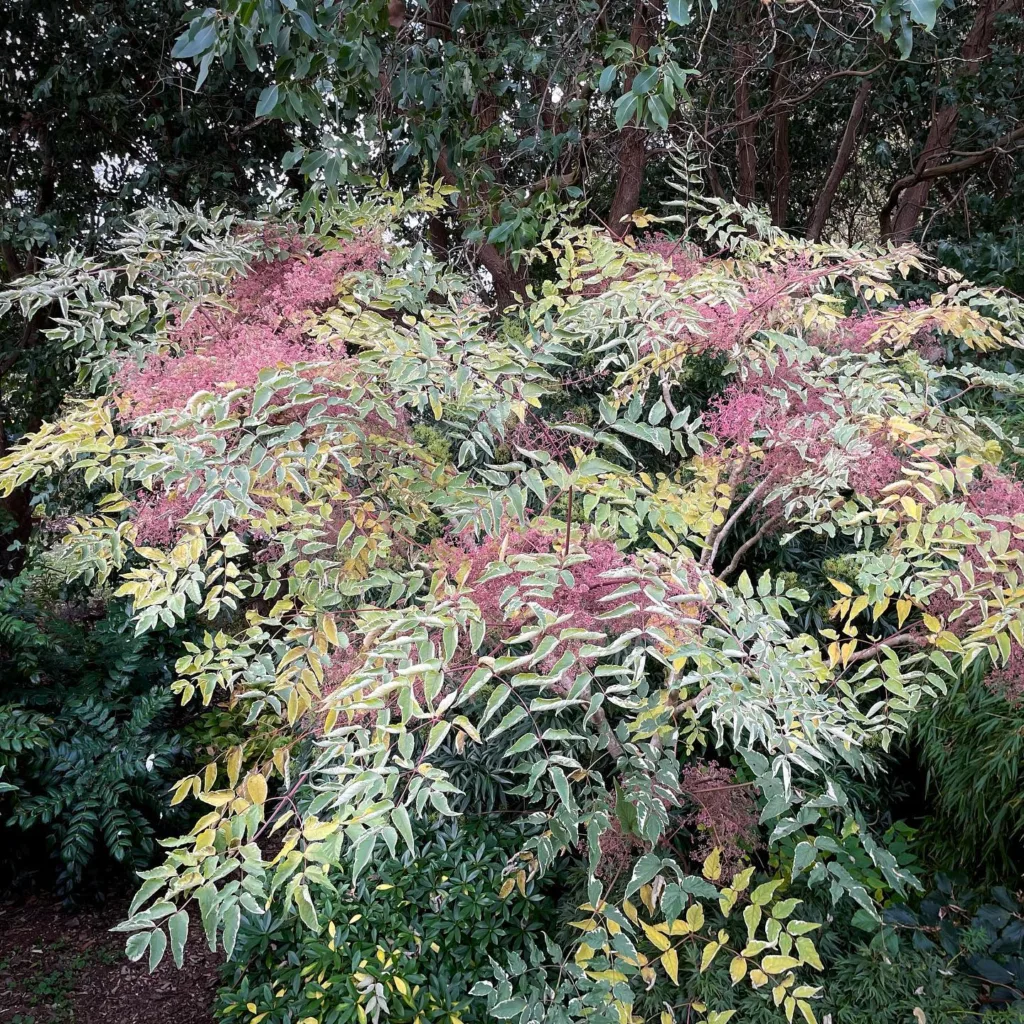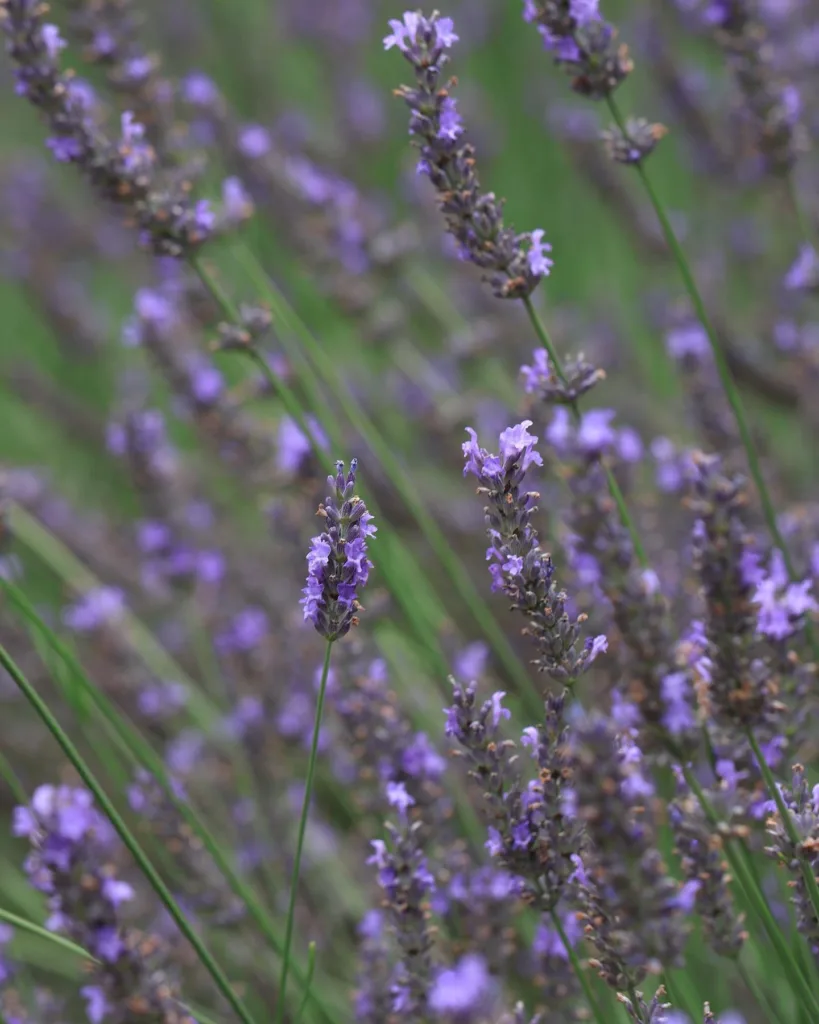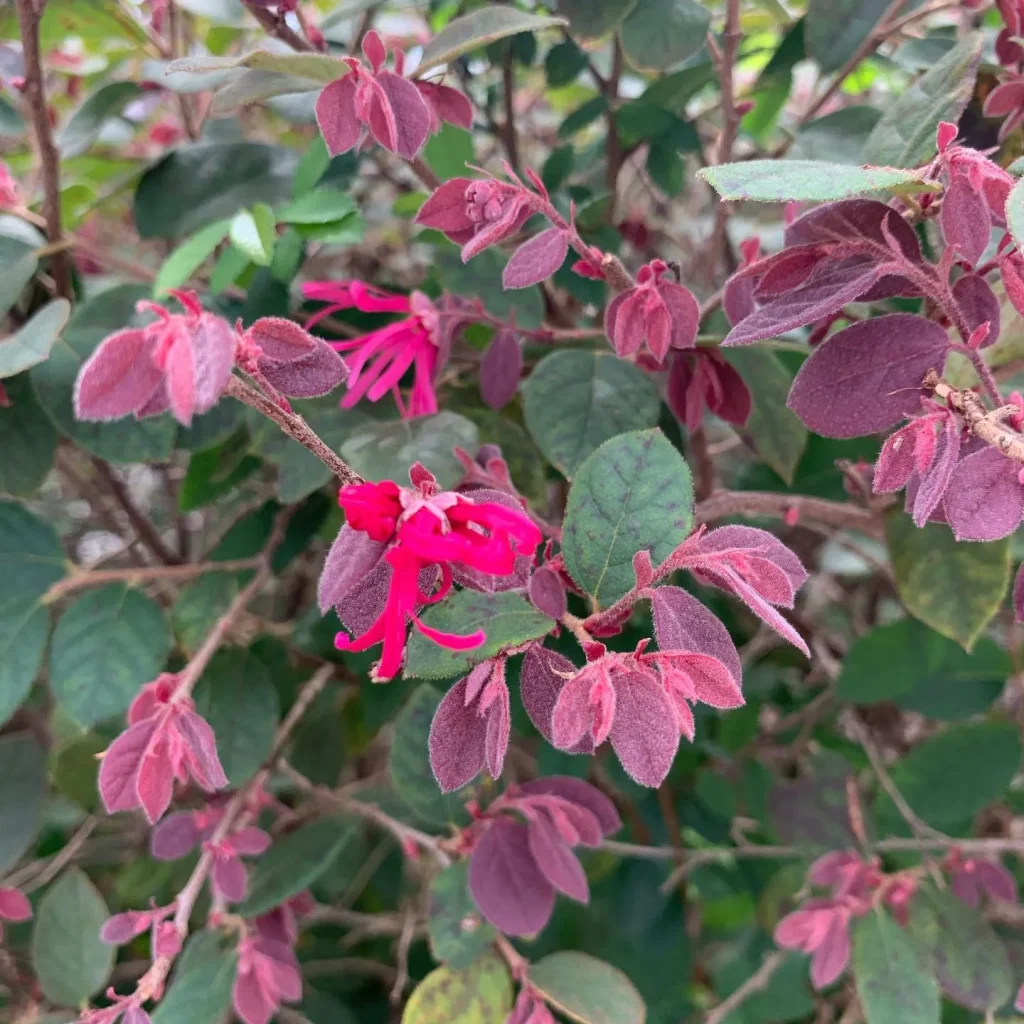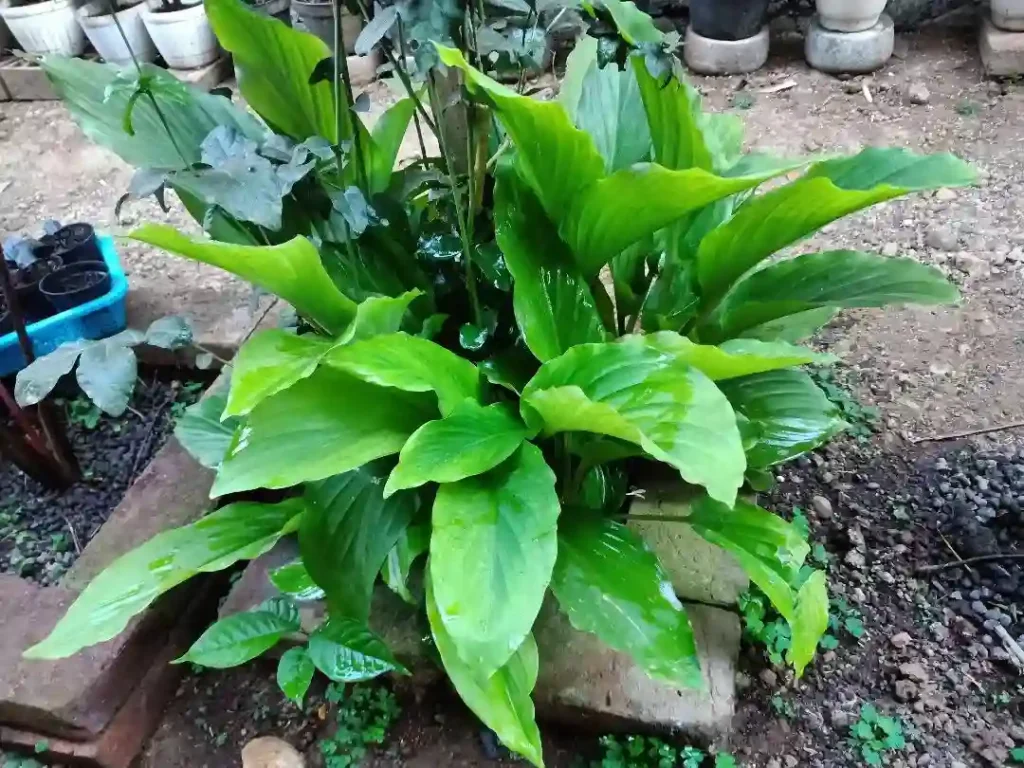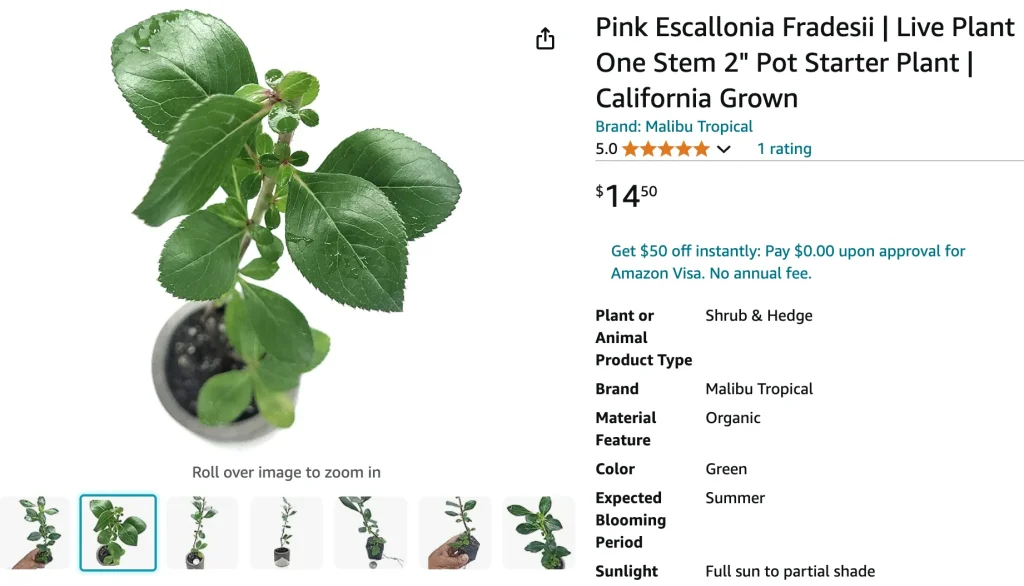
What is Escallonia Fradesii?
Escallonia Fradesii is a versatile evergreen shrub that is often prized for its dense foliage and clusters of pink, bell-shaped flowers. Native to South America, it has become popular in various climates due to its hardiness and low-maintenance nature. The leaves are a glossy dark green, which contrasts beautifully with the soft pink blossoms, making it a vibrant addition to any garden. I find Escallonia Fradesii perfect for hedging, as it not only adds color but also acts as a windbreak and privacy screen.
49 Species in Genus Escallonia
How to Care for Escallonia Fradesii?
Caring for Escallonia Fradesii is relatively simple, which is why I love growing it in my garden. Here are some essential care tips:
- Light: Escallonia Fradesii thrives in full sun, although it can tolerate partial shade. In my experience, planting it in full sun encourages more vigorous flowering.
- Soil: This shrub isn’t too picky about soil types. I’ve found it to perform well in a variety of soils, as long as they are well-draining. It can tolerate clay, loam, or sandy soil but prefers slightly acidic to neutral pH levels.
- Water: Once established, Escallonia Fradesii is relatively drought-tolerant. However, I water it regularly during its first year to help establish strong roots. In dry periods, giving it a deep watering every couple of weeks keeps it looking lush.
- Fertilization: Feeding isn’t necessary, but for optimal growth, I apply a balanced fertilizer in early spring. This encourages a healthy flush of foliage and abundant flowers.
- Pruning: Pruning is crucial to keep Escallonia Fradesii in shape. I usually prune it lightly after flowering to maintain its form and remove any dead or damaged branches. If you’re using it as a hedge, regular trimming helps it stay dense and compact.
How to Propagate Escallonia Fradesii?
Propagating Escallonia Fradesii can be rewarding and straightforward. The best way to propagate this shrub is by taking semi-hardwood cuttings in summer. Here’s my method:
- Select a Healthy Stem: Choose a non-flowering stem from the current season’s growth, about 6-8 inches long.
- Prepare the Cutting: Remove the lower leaves, keeping a few leaves at the top. This reduces moisture loss during rooting.
- Rooting Hormone: While not strictly necessary, I dip the cut end in rooting hormone to increase the success rate.
- Plant the Cutting: Place the cutting in a pot filled with a well-draining compost mix. Water thoroughly.
- Cover and Wait: I often cover the pot with a clear plastic bag to create a humid environment and keep it in a warm, bright location (but not direct sunlight). In a few weeks, the cutting should start developing roots.
What to Plant with Escallonia Fradesii?
Escallonia Fradesii pairs well with a variety of plants, especially those that enjoy similar growing conditions. I like to plant it alongside lavender, which complements the pink flowers with its purple hues and adds a lovely fragrance. Other companions I’ve found to work well include rosemary and hardy geraniums, which provide contrasting textures and colors.
For a more structured look, I sometimes plant it with ornamental grasses or taller perennials like Echinacea. These plants balance the density of Escallonia Fradesii with their more airy forms.
How to Use Escallonia Fradesii in the Garden?
There are several ways to incorporate Escallonia Fradesii into a garden design. Personally, I love using it as a hedge or border plant because of its dense growth habit. It creates a natural privacy screen that stays green throughout the year, with the added bonus of pink flowers during the blooming season.
In addition to hedging, Escallonia Fradesii works well as a focal point in a mixed shrub border. Its size and structure make it an excellent backdrop for smaller flowering plants, and it can also be used as a windbreak in more exposed areas of the garden. If you’re looking for a low-maintenance shrub that adds both color and structure, this plant is an excellent choice.
Is Escallonia Fradesii Toxic?
One of the questions I often get asked is whether Escallonia Fradesii is toxic to pets or humans. From my research and experience, there is no evidence to suggest that this plant is toxic. It’s safe to grow in gardens where children and pets might come into contact with it. However, as with any plant, it’s always a good idea to monitor pets and children to prevent any accidental ingestion.
Common Issues with Escallonia Fradesii
While Escallonia Fradesii is generally a hardy and low-maintenance plant, there are a few issues to be aware of. One of the most common problems I’ve encountered is powdery mildew, especially in humid conditions. To prevent this, I ensure good air circulation around the plant by spacing it properly and pruning regularly. If mildew does appear, I treat it with a fungicide.
Another issue can be leaf drop during prolonged dry periods. In my experience, this is usually a sign that the plant needs more water. Regular deep watering during dry spells should prevent this.
Final Thoughts
Escallonia Fradesii has become one of my favorite shrubs for its beauty, versatility, and ease of care. Whether you’re looking for a vibrant hedge, a focal point for a mixed border, or a hardy shrub to withstand the elements, Escallonia Fradesii delivers. With its glossy foliage and clusters of pink flowers, it adds year-round interest to the garden with minimal effort on your part. If you haven’t already added this plant to your garden, I highly recommend giving it a try!
If i die, water my plants!
